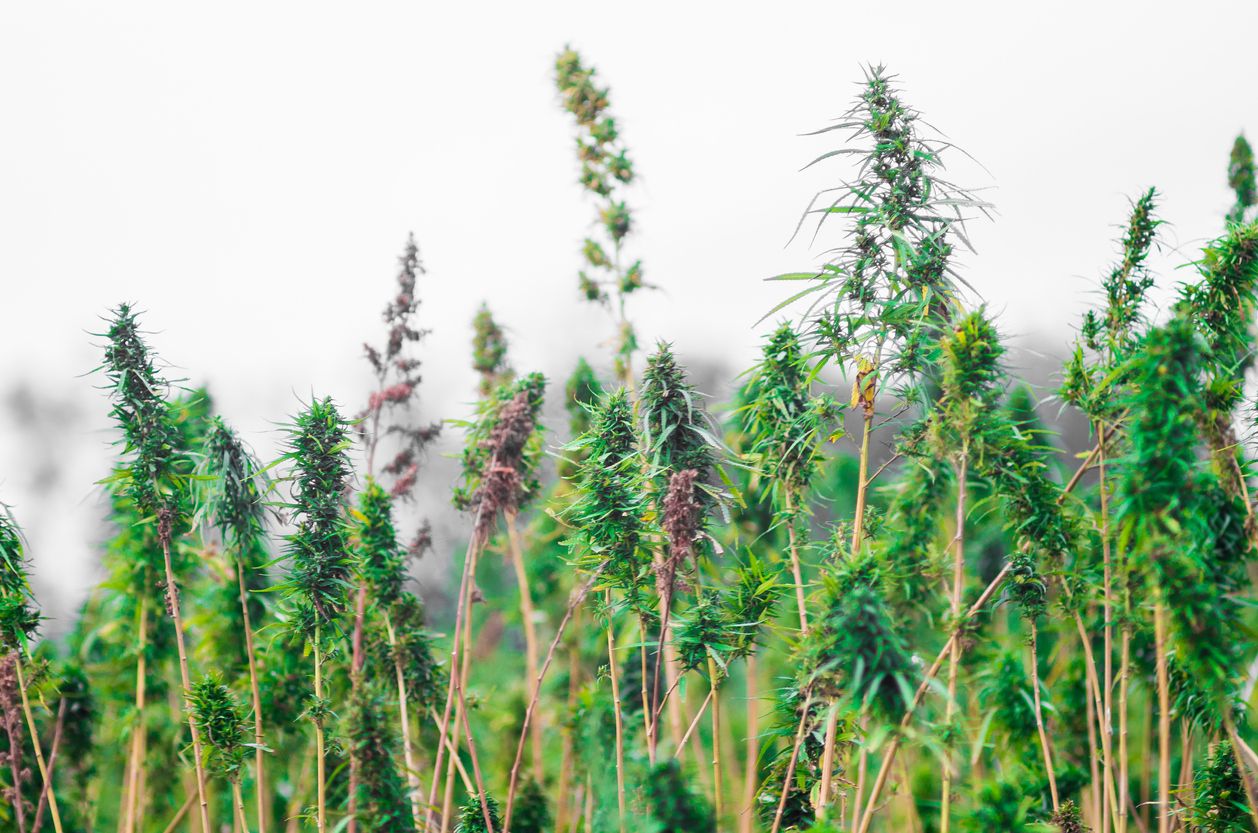Western cannabis farmers forced to delay harvest due to wildfires

Wildfires and the smoke from them hung over Washington state, California, and Oregon for several days in September, stealing much-needed sunlight from cannabis farmers and their crops. During the critical phase of the cannabis plant growth, when the flower's production is finishing, the sun was completely blocked out. Cannabis farmers in these states that are affected by the wildfires have cannabis plants that have been set back by weeks. This has left cannabis farmers with no choice but to combat the wildfires that have burned more than 5 million acres of land.
Options
In the face of the wildfires, farmers who are contemplating when to start harvesting cannabis are left with two choices
-
Attempt to get back those needed sunshine hours by leaving the crop in the fields longer and chancing freezing temperatures or even early snow
-
Accept lower yields by harvesting cannabis in the early days of October
Washington
The ash and smoke from the wildfires could have a bearing on the quality and size of cannabis farmers harvests from the west coast. Cannabis is in strong demand during this COVID-19 pandemic, and the loss of quality endured by the crops is not what west coast cannabis farmers need. The founder of CannaSol, Jeremy Moberg, explains that the lack of sunshine has produced a smaller crop this year.
As the demand for cannabis is high and the supply is low, prices are rising, and Moberg hopes that the weather will be on his side so that he can keep his outdoor crop in the filed for a bit longer. Typically, he takes his plants out of the ground, starting sometime before October 5th. Waiting until October, the tenth, is risky, but the real risk is leaving them any longer due to the cold weather that is quickly descending on the crop.
He does not know if any damage will have occurred to the plant's flower; as he states, it’s too early to know this for sure. The bulk of his plants have been grown with light-deprivation techniques, which enable him to control when he can start harvesting cannabis. He has luckily cut down most of his crop already, which means he will be fortunate enough to experience fewer losses.
Many cannabis farmers in the same area as Moberg are utilizing the light-deprivation technique, and they too had already started to harvest their crops when the smoke hit . Many cannabis farmers in the Washington area are now using ruderalis or auto flower strains, which helps to keep the growing times down. Although using these strains do not produce the highest yields, they can bolster the supply for extraction grade cannabis.
Oregon
Oregon saw a similar problem when the wildfires hit. According to Jesse Peters, CEO of Mantis Growth Investment, the loss of sunshine slowed down the plant development, and though we don’t know yet, these toxins may have caused the flower to take on the smoke taint, which could destroy the quality of an entire crop.
Oregon wildfires burning up to Sept 22ndhad viciously destroyed about seven cannabis companies and caused damage to at least twelve more. Many farms in the Oregon wildfire area had to be evacuated. The cannabis farmers were forced to leave their farms and pray that they did not run out of water. Peters believes that we will have to wait to see what impact the smoke has had on the crop, but right now, he suspects that much of the outdoor crop will be used for extract.
California
This state is located 60 miles away from the fires, but California still experienced smoky skies that blotted out the sun. Aster Farms CEO Julia Jacobson, located in California, was concerned about their plants' possible stunting, and they breathed an immense sigh of relief when the clouds disappeared as the end of the month neared. Jacobson is worried about what the smoke contains, including the toxins and other heavy metals. Fortunately for her cannabis farm, her crops did not receive any ash damage.
Cannabis plants that experience stress due to environmental conditions are more susceptible to microbial infection. If the plants are not receiving the correct nutrient, which helps them stay healthy and fight off the toxins in the air, it will result in a lower yield. Perhaps climate change is what we need to take a look at going forward, as we plan future cannabis farms in less risky areas.


